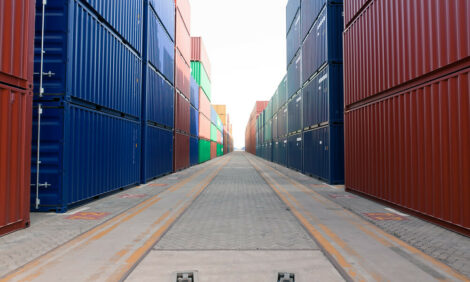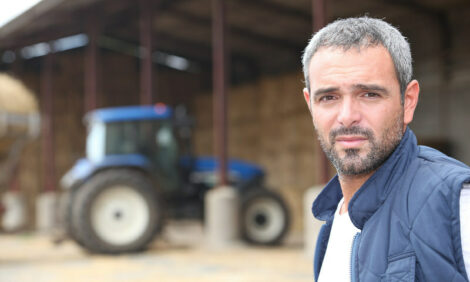



New BSE prevention rules pose a challenge for industry
CHILLIWACK, B.C. - Cattle carcasses hang from giant hooks on the ceiling at B.C.'s largest slaughterhouse. Rivulets of blood and bone dust trail off into drains on the cement kill-room floor.But this elaborate and controversial recycling system becomes illegal in Canada this week as part of the federal government's sweeping "enhanced" feed ban.
On Thursday, cattle tissues linked to the spread of mad cow disease must be removed from carcasses and destroyed or permanently contained. They are no longer allowed in pet or animal feed, and are banned from fertilizers and bone meal widely used on farms and home gardens.
The change sounds straightforward, but insiders say it is anything but.
"It's a bureaucratic nightmare," says Dave Fernie, who runs a small slaughterhouse in the B.C. interior.
Source: StarPhoenix


